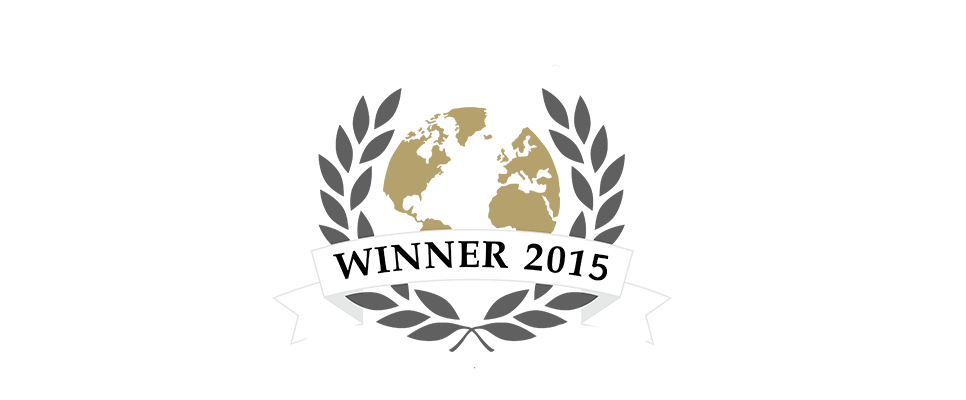The museum complex is located on the enormous rhyolithic rock of the “Castello” (Castle) of Lipari, an imposing dome of volcanic formation with characteristics of natural defence, where its inhabitants settled during all periods whenever they felt the need for defence.
Thanks to the intense systematic excavations, which began in the 1950’s, part – Planimetry of the archaeological area of the Castello (Castle).of these settlements are today visible on the top plateau of the rock: huts from the Bronze age, on four overlapping levels; structures from the Greek and Roman Ages; an urban plan of the II century B.C..
Until the middle of the XVI century, the rock of the “Castello” (Castle), formerly named the “Cittàde” (City), retains its natural appearance, consisting of rocky walls for its entire height and some – The rock of the Castello (Castle) and the fortificationstraces of fortification features at the top of these walls.
Its current appearance is due to the strong sloping foundation walls of the fortifications erected by Carlo V around 1560, immediately after the attack of the Tunisian pirate Kaireddin Barbarossa, who in 1544 had – The tower of the Greek Age encased within the tower – Norman doorconquered and destroyed the city.
On the northern side, the Spanish fortifications encircled the tower, with a defense system of the Norman Age. The tower, had encompassed within itself a tower of the Greek Age, probably of the IV century B.C., still visible today for its entire height.
The diverse sections which make up the Museum and its infrastructures (offices, library, store rooms, additional services, etc.), are located in several historical – Planimetry of the Castello of Liparibuildings, to which are added even the twentieth century buildings of the Fascist confinement camp.
The Museum, consisting of six pavilions, that contain respectively: the Pre-historic Section, the Epigraphical Section, the Section of the Minor Islands, the Classical Section, the Vulcanological Section, the Section of Paleontology of the Quaternary, documents and illustrates, via the collections of finds on display, the human settlements and the development of the successive civilisations in the Aeolian Archipelago, from Pre-history to the thresholds of the Modern Age.
The comprehensive tour of the Museum is facilitated by the rich and exhaustive information that spreads across two levels: captions in red, provide in Italian and English essential information required for a rapid visit; more detailed explanatory texts in black, provide in Italian extensive and detailed information for an in-depth and scientifically complete visit.
Also available for use by the public are, within the Pre-historic Section of the Section of the Minor Islands, as well as within the Classical Section, easy-access computer stations for those wanting further access points where they can conduct a more in-depth study, both on the exhibitions on display in the Museum as well as on the archaeological and monumental evidence of the Castello.

